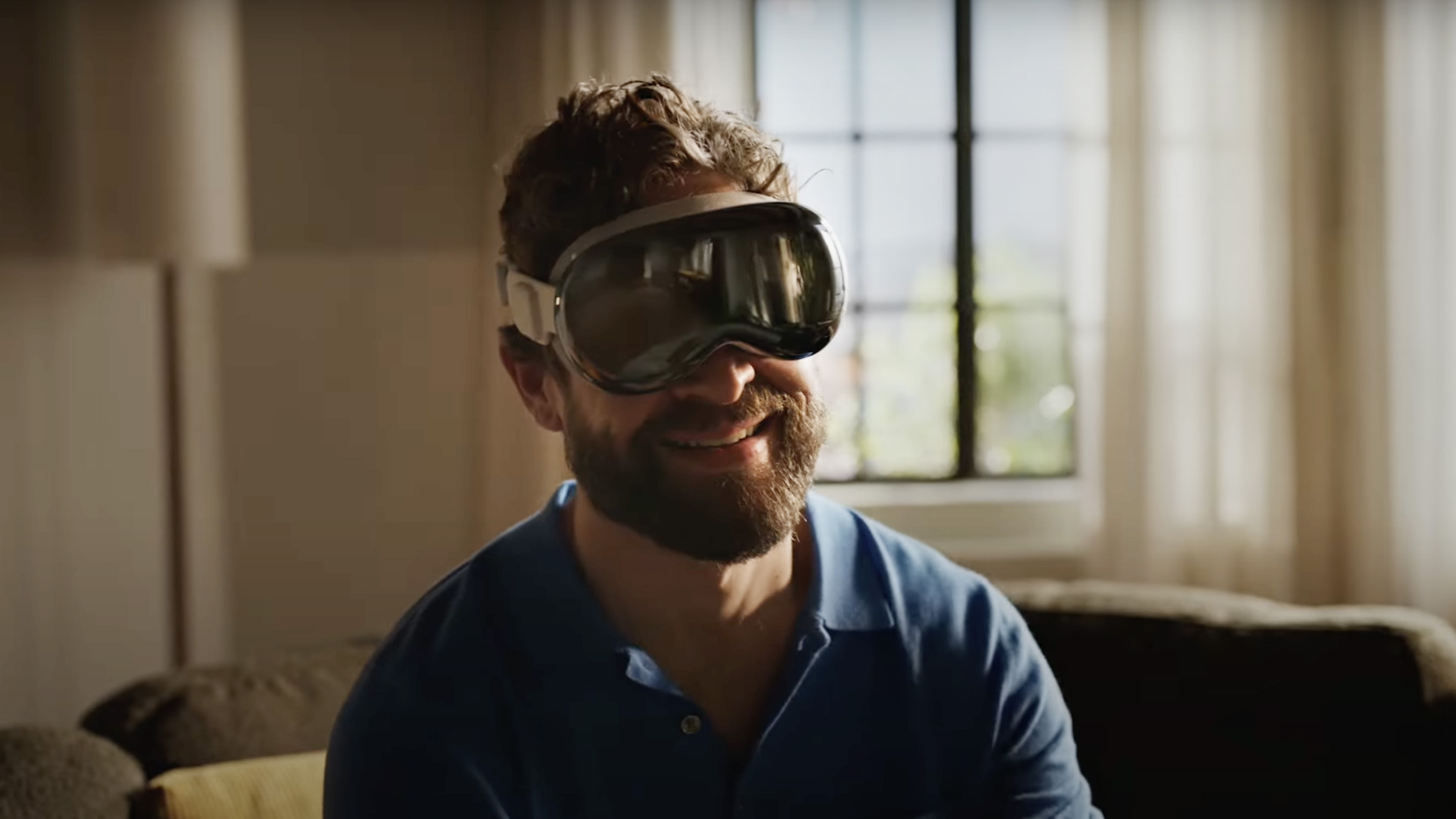

So the day is nearly here. Are you ready to live in an Apple Vision Pro world? The mixed reality headset first revealed at WWDC 2023, is just a few weeks away.
Apple's biggest launch since the original iPhone, if it gets it right, the Vision Pro could change the way we all use computers forever, so there is no pressure right guys?
In all seriousness, we can't wait and are counting down the days till we get to try it on. For all the latest news on everything Apple Vision Pro, check back here regularly for updates.
Price & release date

Ok first off, the bad news. This isn't a cheap headset, in fact, it is priced way beyond the likes of the PSVR2 and the Meta Quest 3 which starts at £499.
The Apple Vision Pro is $3499. Ouch. At least for the moment, this is not going to be a product for regular users. That price is not including sales tax as well (and maybe not even a headband), so in the UK that price will likely be closer to £4000. Although if that's not enough for you, there's always the $40,000 version.
Now for the good news. The wait is almost over. The Vision Pro is officially coming on the 2nd of February sith pre-orders starting on January 19th. It might be worth pre-ordering too if you want day-one access. Some believe the stock could be very limited on release, perhaps 80,000 units. UK fans will be out of luck too as the February 2nd date is just for the USA, there is no official UK release date yet.
It looks likely that in order to collect your headset, you'll have to go an Apple store to get it properly fitted and have staff members demonstrate how to make the most of the device.
Get all the latest news, reviews, deals and buying guides on gorgeous tech, home and active products from the T3 experts
If you thought the headset was pricey, it doesn't get any more palatable when it comes to apps. On phones, they are normally free or very small purchases but there has been word that they could cost as much as PS5 games.
Google has also reportedly cancelled its rival to the Vision Pro, but Sony announced at CES 2024 its plans for a similar headset to be released later in 2024.
Design
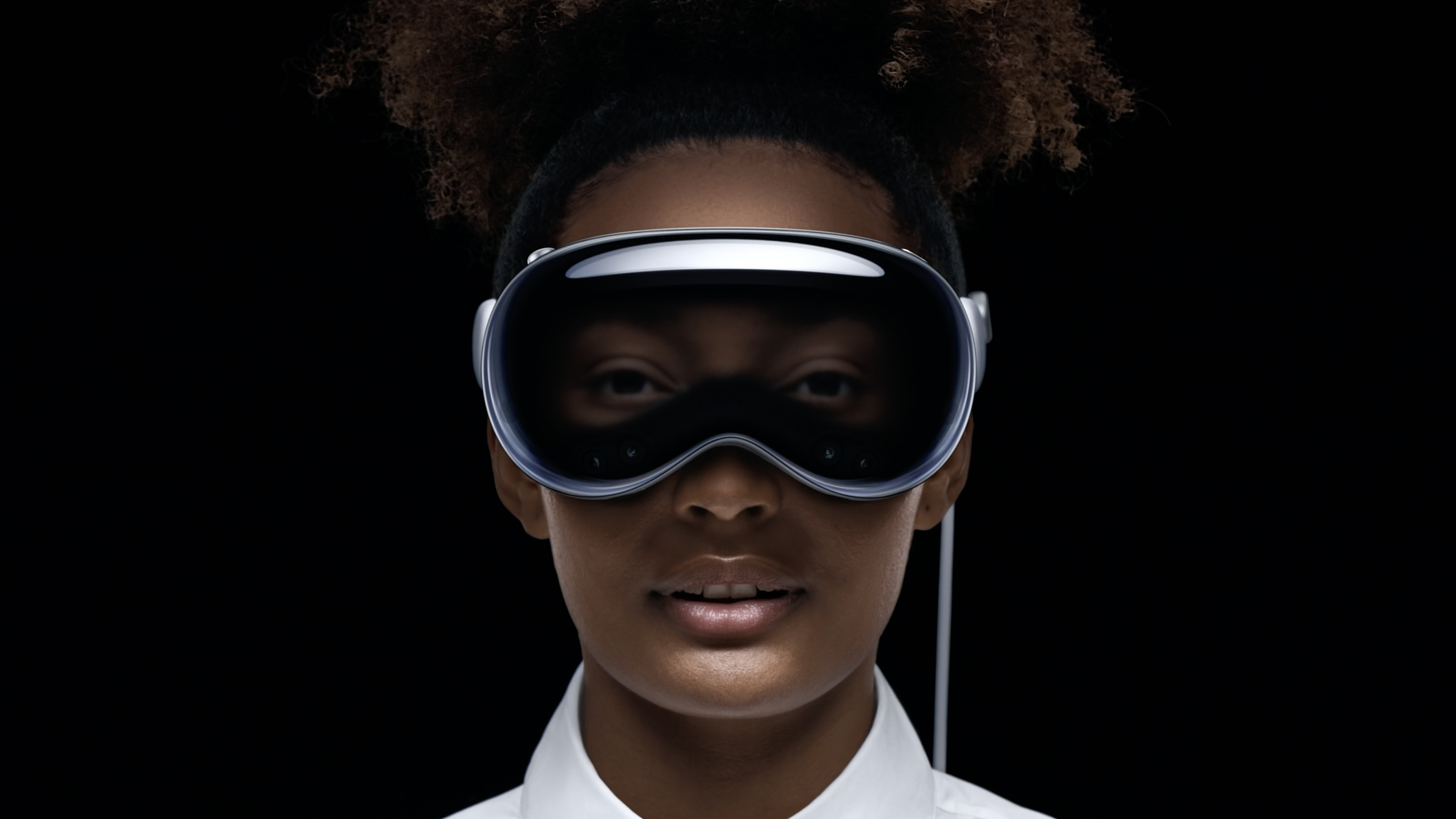
As a high-end product, Apple has of course pulled out all the stops when it comes to the Vision Pro's design. It resembles a set of ski goggles more than a headset and definitely has less bulk than competitors.
How has Apple achieved this? Well firstly through its traditional design excellence – the front of the headset is composed solely of one piece of glass while the frame is made of lightweight aluminium. But also through a slightly more controversial design choice. The battery pack of the headset is external, demos at WWDC showed users' headsets connected by a wire to a battery pack around their waist. This reduces weight and helps battery life (still only around two hours), but sadly doesn't give you a truly wireless experience.
Apple has also confirmed that it will be possible to customise the fit of the Vision Pro, stating the "Light Seal (the cushion around the front of the headset) is made of a soft textile, and comes in a range of shapes and sizes, flexing to conform to a user’s face for a precise fit."
The most striking element of the Vision Pro's design is the transparent front of the device, you can see the user's eyes. Apple's Eyesight technology will blur VR and AR technology together keeping experiences immersive while also helping "users stay connected with those around them."
Display & audio
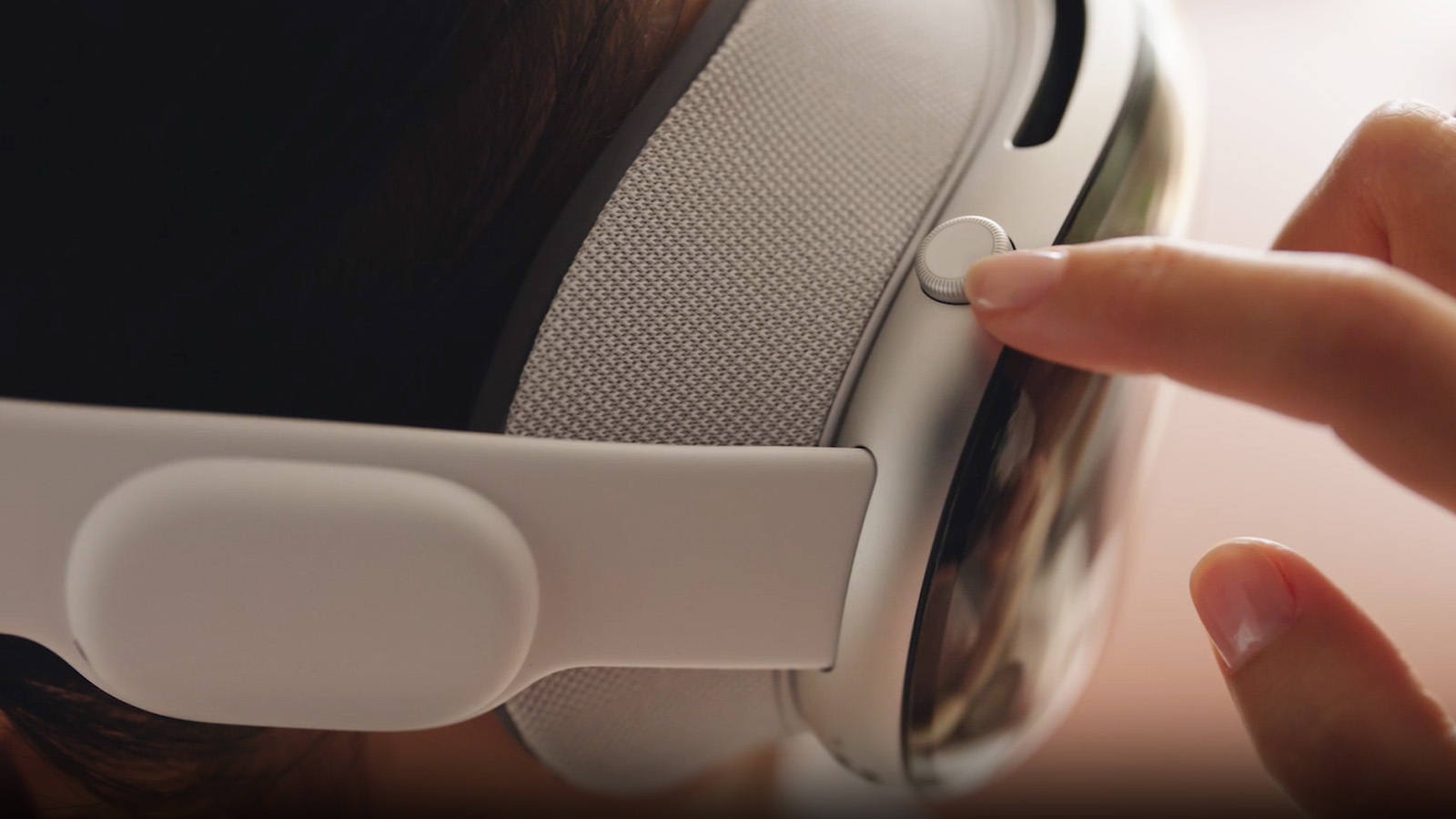
The Apple Vision Pro packs a serious screen. Each eye will have its own 4K display for over 23 million pixels total, pretty useful when Apple states you can make the screen "feel 100 feet wide."
These amazing displays can be used to interact with a 3D user interface and even watch 3D movies. With the audio performance too, this could be the definitive way to watch movies.
Speaking of audio, Vision Pro will use two individually amplified "Audio Pods" on either side of the user's head to deliver a groundbreaking spatial audio experience that matches the immersion of VR and AR experiences. At WWDC Apple also teased "Audio Ray Tracing" which scans the environment in your play area to deliver the best performance possible.
Specs & OS
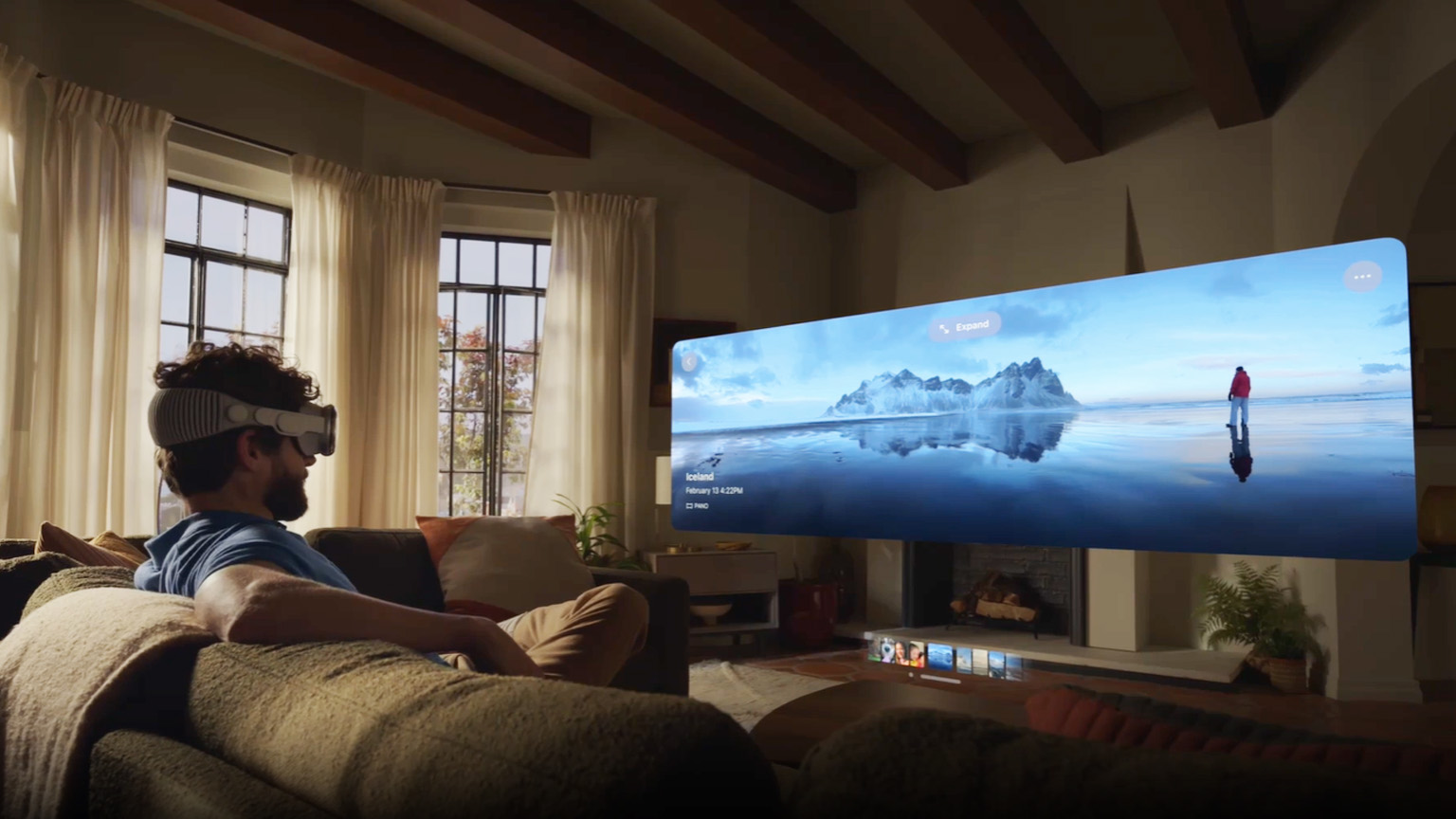
Under the hood Apple has fitted the Reality Pro with brand new silicon, the Apple R1 processor, as well as something more familiar to Mac users, the M2 chip. The R1 will process information from the sensors while the M2 provides the power for everything else. According to renowned tipster Mark Gurman, the headset will come with 16GB of RAM and up to 1TB of storage, which is nothing to shrug at.
Although similar to iOS to look at, the headset will also feature a brand-new operating system dubbed VisionOS that Apple has designed to "support the low-latency requirements of spatial computing" This low latency could combat the motion sickness many get from similar headsets.
VisionOS will let you have multiple operating windows open at once and it also has its own App Store with both productivity and entertainment-focused offerings. Expect to see the usual Apple offerings like Safari and Apple Music as well as a host of games from Apple Arcade.
It's also been discovered that the headset will have a dedicated Airplane Mode that will change how some of the features behave and how you interact (presumably because there is less space).
Interestingly there will likely be a lot of interaction between the iPhone and Vision Pro. The iPhone 15 Pro Max for example comes with the capability to take spatial photos and video that can then be viewed in 3D in the headset.
Battery
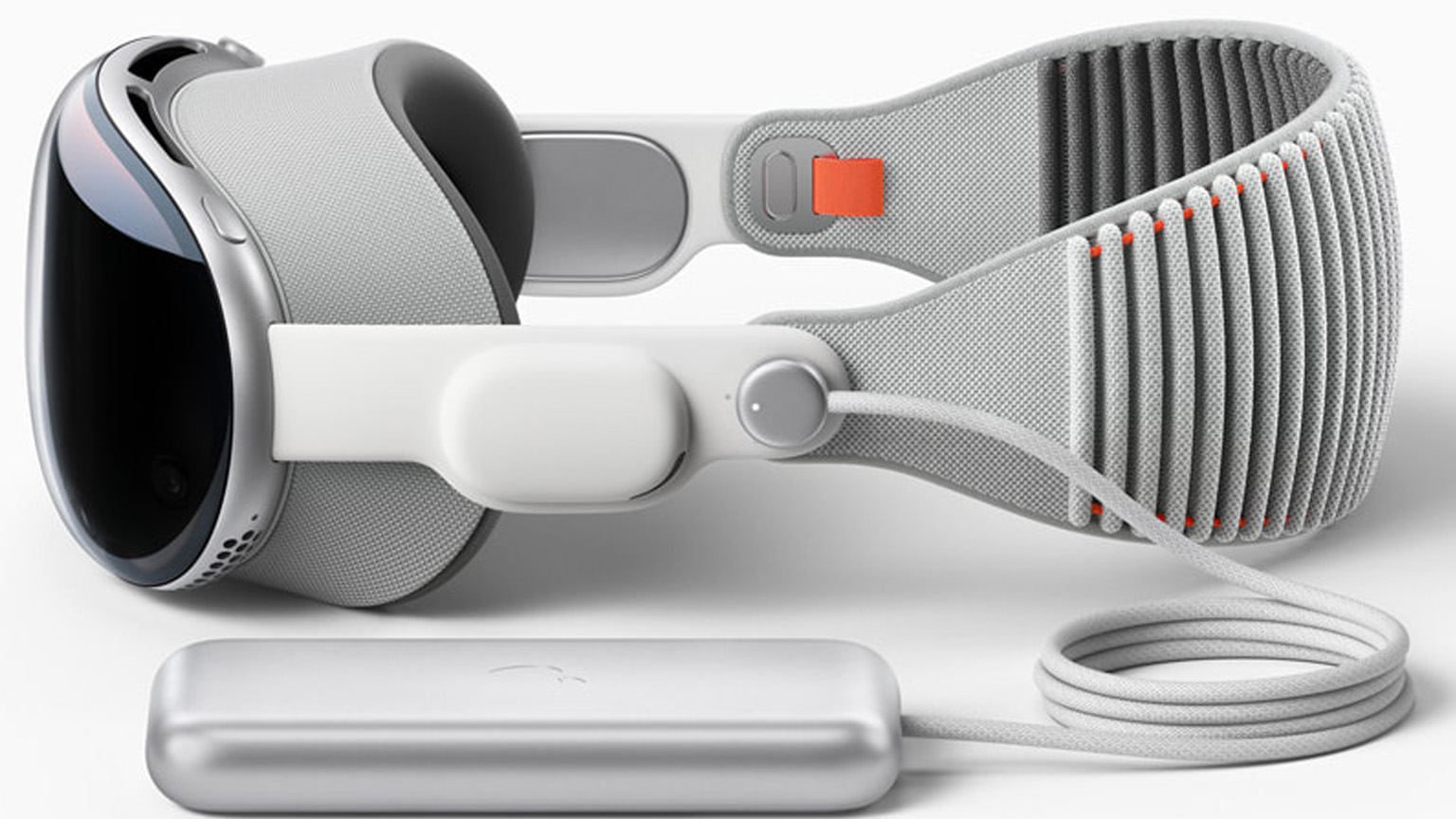
As mentioned before, the Vision Pro will support an external battery, around the size of a small remote control, Apple stated it will last for two hours at a time. Expect some people to carry spares and change them over while the other charges.
This is somewhat disappointing but luckily you will also be able to plug the headset in and use it from there indefinitely, especially if you plan on watching a whole movie in one sitting.
With external battery packs, perhaps Apple will eventually sell larger ones as an accessory.

Andy was T3's Tech Staff Writer, covering all things technology, including his biggest passions such as gaming. If he had to save one possession from a fire it would be his PlayStation 5. He previously worked for Tom’s Guide – where he got paid to play with ChatGPT everyday. When it comes to streaming, Andy will have his headphones glued in whilst watching something that will make him laugh. He studied Creative Writing at university, but also enjoys supporting his favourite football team (Liverpool), watching F1, teaching himself guitar, and spending time with his dog.